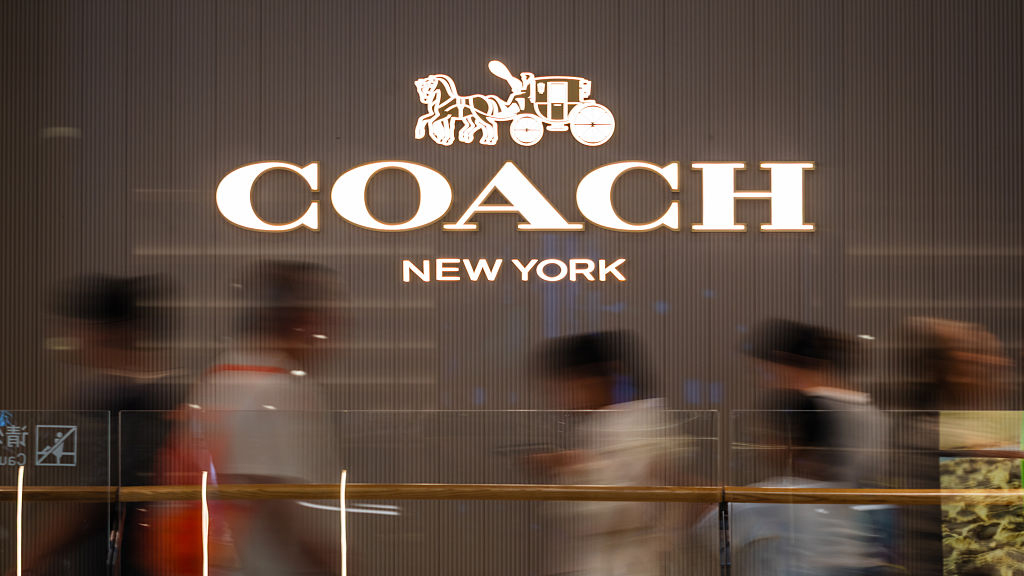Brands Reallocate Budgets Toward Influencer Campaigns
As 2025 approaches, a significant transformation is underway in the marketing world. According to the latest Kolsquare Budget Report, brands are increasingly diverting their advertising budgets from traditional channels to influencer marketing. The report signals a paradigm shift, showing that influencer-led campaigns are no longer supplementary but have become central to corporate marketing strategies.
The study, focusing on marketing trends for 2025, reveals that while overall marketing budgets remain consistent—hovering around 8% of company revenue as reported by Gartner—the share allocated to influencer marketing is on the rise. In fact, for some companies, influencer initiatives now consume up to 50% of their total marketing budget.
CMOs Prioritizing Influencer Engagement
Several Chief Marketing Officers (CMOs) surveyed in the report indicated that influencer marketing is the only area where they plan to increase spending in the coming year. This trend underscores the growing belief in the power of influencer campaigns to drive brand visibility and consumer engagement, particularly among younger demographics such as Gen Z and Gen Alpha.
As top-tier influencers command higher fees due to increased demand, marketers are shifting their focus to micro-creators. These smaller influencers offer an opportunity for brands to build long-term, sustainable partnerships while maintaining cost-efficiency and authenticity.
Social Media Dominates Ad Spend
One of the most telling statistics from the report is Unilever’s decision to allocate 50% of its global advertising budget to creator partnerships. This move reflects a broader industry trend of moving away from traditional advertising methods like print and television, in favor of influencer-driven content on platforms such as Instagram, TikTok, and YouTube.
Influencer fees have seen a dramatic increase as well, with some rates doubling compared to previous years. As competition intensifies among brands to align with credible influencers, authenticity and relevance have become top priorities in partnership selection.
Technology Driving Performance and ROI
The report emphasizes the role of technology in enhancing influencer marketing efficiency. Platforms integrating artificial intelligence (AI), analytics dashboards, and customer relationship management (CRM) tools—like those developed by Kolsquare—are becoming essential for managing campaigns, measuring impact, and proving ROI.
Marketers are reporting that influencer campaigns are delivering superior performance metrics, including higher return on investment (ROI), improved engagement rates, and stronger brand affinity. These benefits are particularly evident when targeting younger, digitally native consumers who are less responsive to traditional advertising formats.
Case Studies Highlight Campaign Success
The Kolsquare report includes several brand case studies that illustrate the evolving influencer landscape:
- Berocca: The vitamin brand revamped its identity with the ‘Keep The Rhythm’ campaign, investing £116,000 and achieving an Earned Media Value (EMV) of £1.4 million through authentic storytelling and influencer partnerships.
- Filorga: This skincare brand collaborated with reputable skincare experts and social media figures to reinforce its market positioning as an expert brand.
- Paulmann Lighting: Leveraging Kolsquare’s technology, the brand partnered with lifestyle and interior design influencers, generating 81,000 engagements across 27 posts and reaching over 1.13 million unique accounts.
Industry Perspectives on the Shift
According to Quentin Bordage, CEO of Kolsquare, “Influencer marketing has become a vital part of marketing strategy across the board. 2025 is the year when CMOs stop buying impressions and start building relationships.” He emphasizes that the most successful brands are those that treat creators as cultural partners capable of driving both relevance and growth.
The report suggests that this shift is driven by diminishing returns from traditional advertising channels. Consumers are increasingly experiencing ‘ad-blindness’, making it more difficult for conventional ads to capture attention. Influencers, by contrast, offer access to engaged communities and authentic conversations that brands are eager to tap into.
Implications for Future Marketing Strategies
For marketers navigating tight budgets and high expectations, influencer marketing offers a compelling solution. It sits at the intersection of culture, commerce, and credibility, positioning itself as a key engine of growth for brands in 2025. As a result, influencer marketing is no longer viewed as a tactical element, but rather as a central pillar in long-term brand-building strategies.
In summary, the 2025 Kolsquare report paints a clear picture: influencer marketing is not just a trend—it’s a strategic imperative. Brands that adapt to this evolving landscape and invest in meaningful creator partnerships are best positioned to thrive in the digital era.
This article is inspired by content from Original Source. It has been rephrased for originality. Images are credited to the original source.





